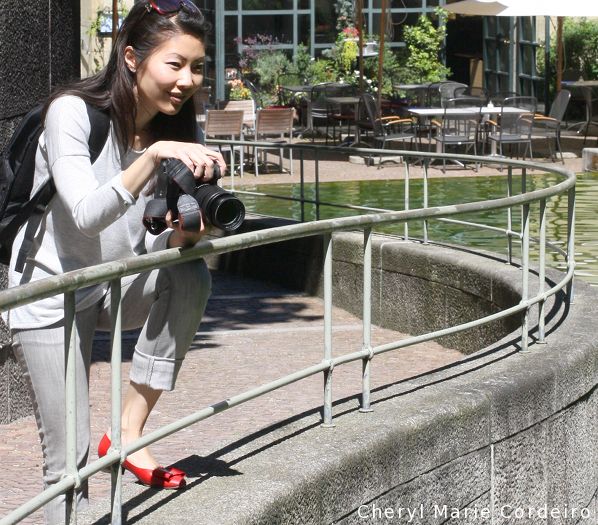In semiosis at the Neue Pinakothek, München, Germany 2016.
Text & Photo © JE Nilsson, CM Cordeiro, Sweden 2016
Museums are to me, the language of space that affords you to cross time and geographical boundaries, continuing conversations with individuals who once were, picking up subjects where you last left off as if on another coffee break. It is space defined both in its Euclidean sense, and in its Minowskian sense [1]. The former defines an architectural closure and the latter as an interwoven fabric of a spacetime continuum.

hunsinger in der Neuen Pinakothek.
Stepping into the Neue Pinakothek felt as if I was once again in close proximity to artists whose works I am familiar with, last seen when I left the Musée d’Orsay in Paris in March 2016.
